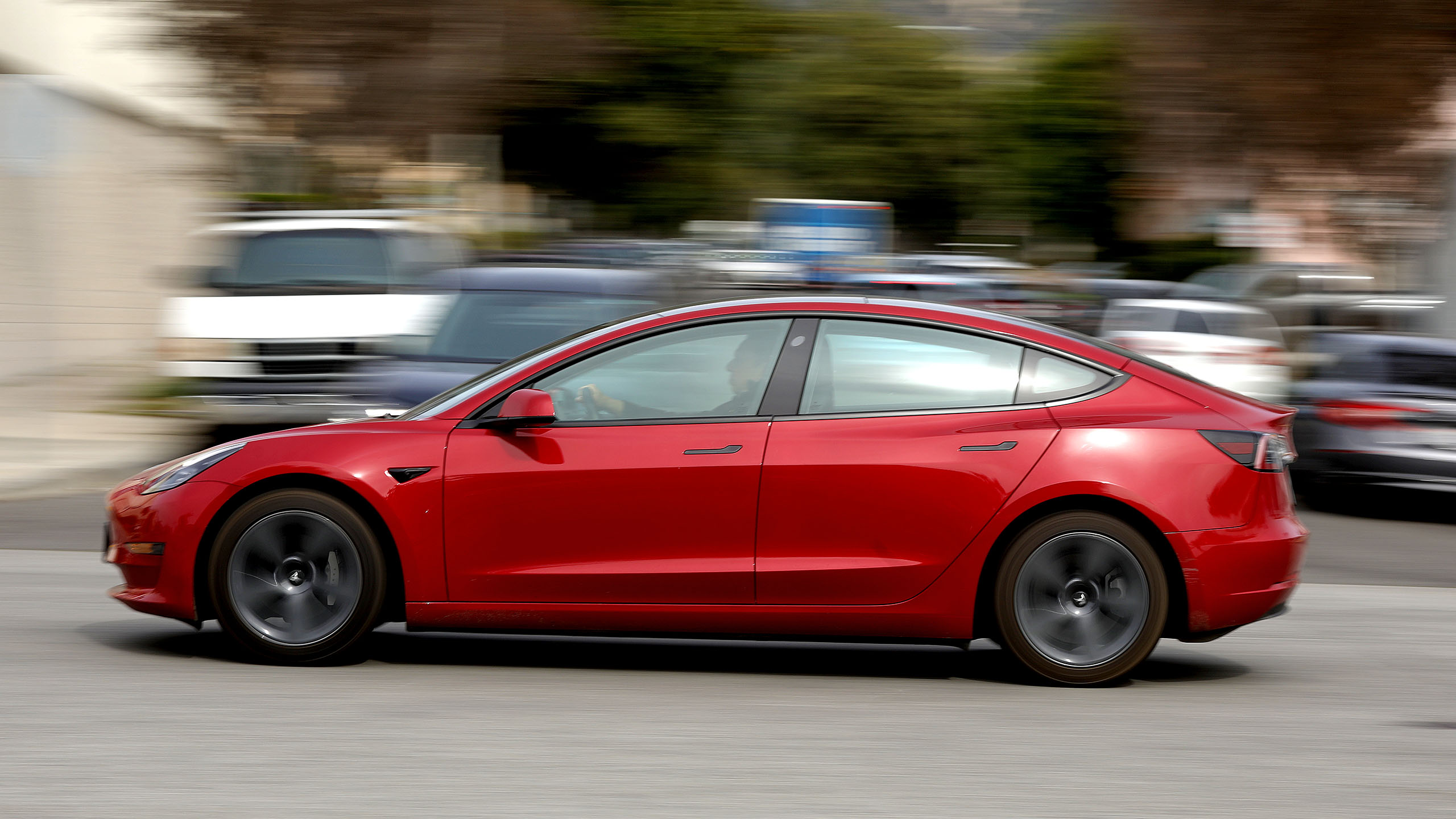The Surprising Link Between Electric Vehicles and Motion Sickness
One of the most noticeable features of electric vehicles (EVs) is their smooth and quiet operation, a stark contrast to the vibrations and noise of traditional internal combustion engine (ICE) cars. This characteristic might lead one to assume that EVs are more comfortable for individuals prone to motion sickness. However, recent research suggests the opposite—electric vehicles can actually worsen feelings of nausea and discomfort in passengers.
The reason behind this phenomenon lies in the way our brains process movement. When driving a car, the driver has a clear understanding of how the vehicle will respond to inputs like acceleration, braking, and steering. This awareness helps the brain anticipate and adjust to motion, which is why drivers rarely experience motion sickness. However, passengers lack this same level of control and expectation, creating a mismatch between what they see and what their bodies feel. This disconnect is at the core of motion sickness.
Now, consider the experience of riding in an electric vehicle. Unlike traditional cars, EVs eliminate many of the sensory cues that have long defined the driving experience. There’s no engine rumble, no vibration from the throttle, and in many models, the car handles braking automatically without requiring the driver to press the pedal. These changes mean that passengers receive fewer signals about how the vehicle is moving, making it harder for their brains to predict and adapt to the motion.
William Emond, a PhD student at France’s Université de Technologie de Belfort-Montbéliard, explains that this lack of familiar cues creates a new motion environment for the brain. “If we are accustomed to traveling in non-EVs, we are used to understanding the car’s motion based on signals such as engine revs, engine vibrations, torque, etc. Yet, traveling in an EV for the first time is a new motion environment for the brain, which needs adaptation,” he says.
This idea is supported by two studies cited in reports. A 2020 study linked the silence of EVs to increased instances of motion sickness, while a 2024 study found a connection between seat vibrations and the condition. Additionally, regenerative braking—a common feature in EVs—has been identified as a contributing factor. Unlike traditional braking, which often involves sudden stops, regenerative braking provides a low-frequency deceleration that can be disorienting for passengers.
This may seem counterintuitive, as one might expect a smoother, more gradual stop to be less disruptive. However, the absence of a coasting phase—common in EVs with one-pedal driving—creates a sequence of sharp acceleration followed by abrupt deceleration. This pattern contrasts sharply with the expectations set by decades of driving in ICE vehicles, leading to further confusion for the brain.
As electric vehicles become more prevalent, it will be interesting to see if motion sickness becomes less common. With more people gaining experience with EVs, their brains may adapt to the new motion environment over time. For example, younger generations who grow up in an all-EV world may not experience the same issues as those accustomed to traditional cars. However, it’s possible that a significant portion of the population will still be prone to motion sickness in a future dominated by electric vehicles.
The question remains: Will the transition to EVs ultimately make motion sickness less common, or will it simply shift the group of people affected? Only time will provide the answers. For now, the unique characteristics of electric vehicles continue to challenge our understanding of how we perceive and react to motion.







